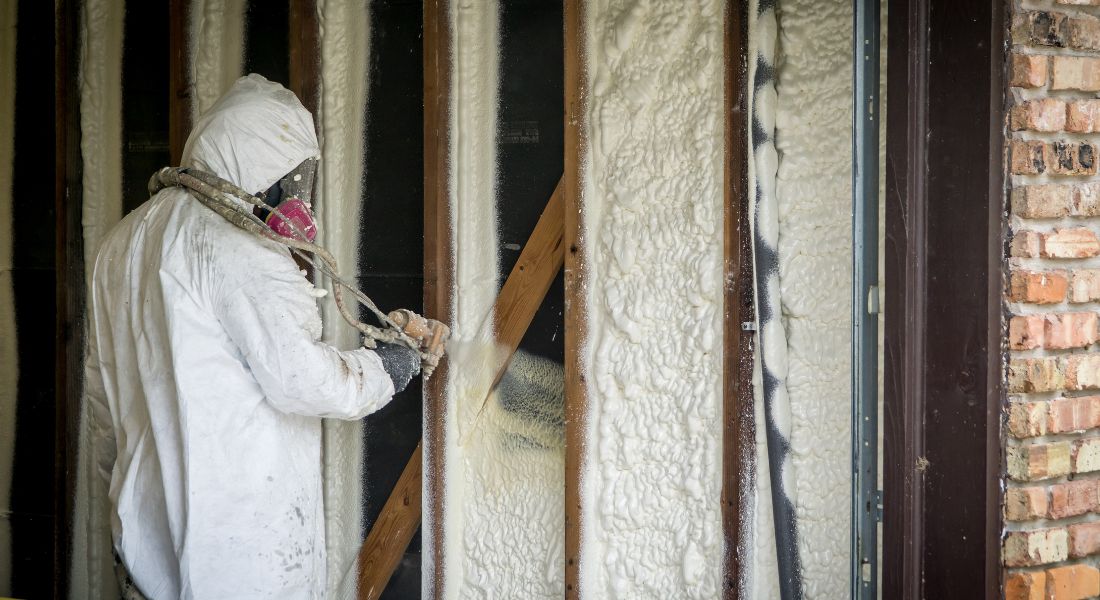Thermal insulation is a critical component in modern construction and energy efficiency strategies. While its benefits—such as reduced energy consumption, improved comfort, and lower utility bills—are widely recognized, it is equally important to consider the potential disadvantages that can arise from its use. This article delves into the multifaceted drawbacks of thermal insulation, providing a nuanced understanding for homeowners, builders, and industry professionals alike.
- Initial Cost and Economic Considerations
One of the primary disadvantages of thermal insulation is the initial investment required. High-quality insulation materials, such as spray foam or rigid foam boards, can be significantly more expensive than traditional options. While these materials may offer superior performance, the upfront costs can deter homeowners and builders from opting for the best solutions. Additionally, the installation process can be labor-intensive, further increasing the overall expenditure.
- Potential for Moisture Accumulation
Improperly installed thermal insulation can lead to moisture problems within a building. Insulation materials that are not vapor-permeable can trap moisture, creating an environment conducive to mold growth and structural damage. This is particularly concerning in climates with high humidity or in areas prone to water intrusion. Homeowners must ensure that insulation is installed with appropriate vapor barriers and that ventilation systems are in place to mitigate these risks.
- Environmental Impact of Materials
The production and disposal of insulation materials can have significant environmental implications. Many conventional insulation products, such as fiberglass and foam, are derived from petroleum-based resources or involve chemical processes that contribute to pollution. Additionally, the disposal of these materials at the end of their lifecycle can lead to landfill issues, as some insulation types are not biodegradable. As the construction industry moves towards sustainability, the environmental footprint of insulation materials is an increasingly important consideration.
- Fire Safety Concerns
Certain types of thermal insulation pose fire safety risks. For instance, materials like polystyrene and polyurethane can be highly flammable and may release toxic fumes when burned. While building codes often require fire-resistant treatments for insulation, the effectiveness of these treatments can vary. Homeowners and builders must be vigilant in selecting insulation materials that meet fire safety standards to protect their properties and occupants.
- Limited Effectiveness in Extreme Conditions
While thermal insulation is designed to improve energy efficiency, its effectiveness can diminish in extreme weather conditions. For example, in very hot climates, traditional insulation may not adequately prevent heat gain, leading to increased reliance on air conditioning systems. Similarly, in extremely cold environments, insulation may not provide sufficient resistance to heat loss if not properly installed or if the wrong type is chosen. This limitation can result in higher energy costs and reduced comfort levels.
- Health Risks Associated with Certain Materials
Some insulation materials can pose health risks to occupants. For instance, fiberglass insulation can release tiny particles into the air, which may irritate the skin, eyes, and respiratory system. Additionally, certain spray foam insulations contain chemicals that can off-gas volatile organic compounds (VOCs), contributing to indoor air quality issues. It is crucial for builders and homeowners to be aware of these potential health hazards and to choose insulation materials that prioritize occupant safety.
- Maintenance and Longevity Issues
Thermal insulation is not a set it and forget it solution. Over time, insulation can settle, compress, or degrade, reducing its effectiveness. Regular inspections and maintenance are necessary to ensure that insulation continues to perform optimally. This ongoing requirement can add to the long-term costs and responsibilities of homeowners and property managers.
Conclusion
While thermal insulation plays a vital role in enhancing energy efficiency and comfort in buildings, it is essential to recognize its potential disadvantages. From initial costs and moisture issues to environmental impacts and health risks, a comprehensive understanding of these drawbacks can inform better decision-making for homeowners and industry professionals alike. By carefully considering the type of insulation used, its installation, and ongoing maintenance, stakeholders can mitigate these disadvantages and harness the full benefits of thermal insulation.


